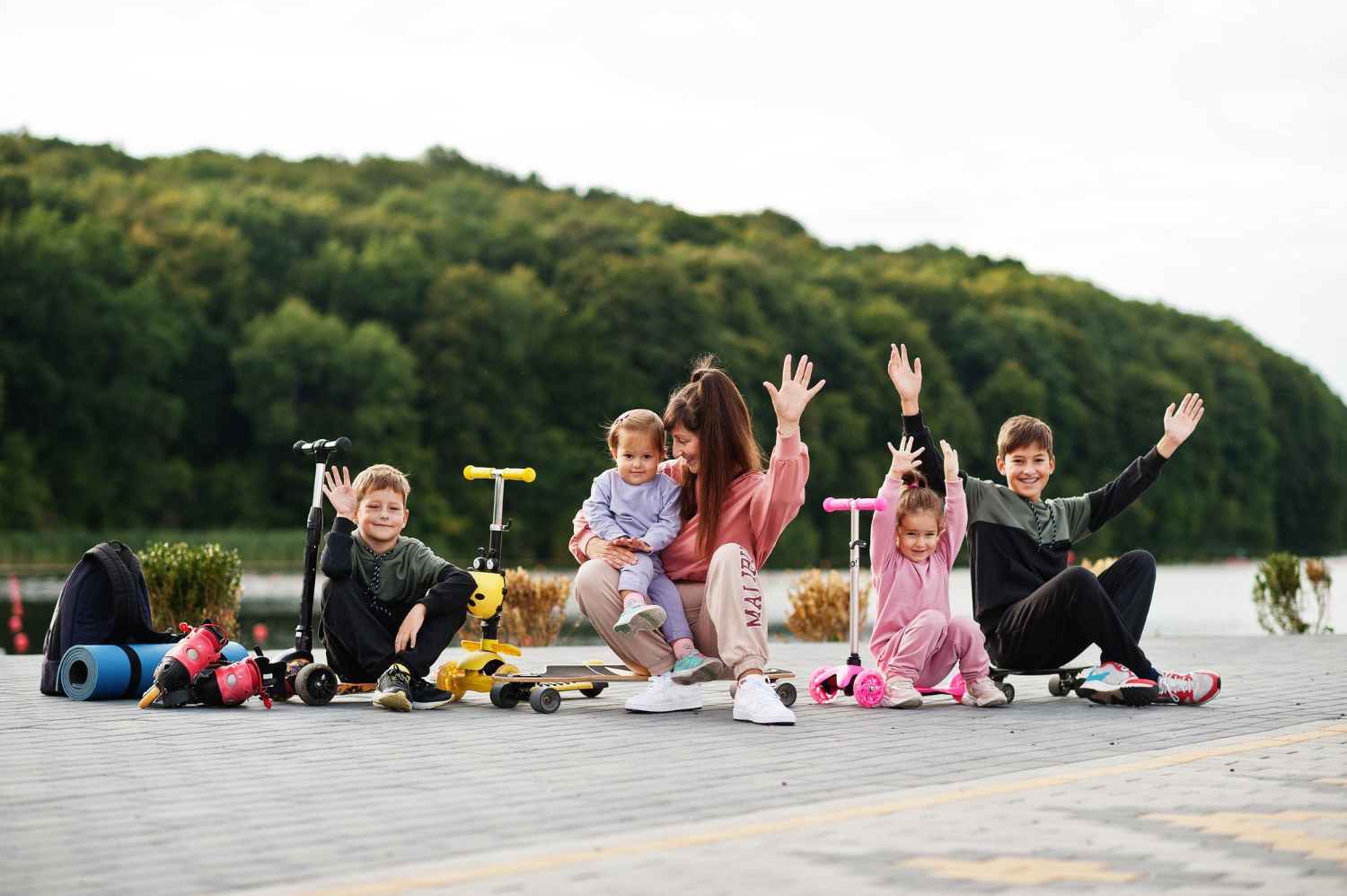Looking for the best start for your child? New Zealand’s world-leading approach to early childhood education could be exactly what you’re searching for. Rooted in strong cultural values and backed by innovative teaching methods, New Zealand’s childcare system offers much more than babysitting — it builds the foundation for lifelong learning, cultural understanding, and global citizenship. Let’s dive deeper into what makes childcare in New Zealand truly unique, and why so many parents trust the early education system to nurture their children’s development.
A Unique Curriculum: Te Whāriki
At the heart of New Zealand’s early childhood education (ECE) is Te Whāriki, a curriculum unlike any other in the world. Introduced officially in 1996, Te Whāriki — meaning “woven mat” in Māori — symbolizes how different learning strands (skills, knowledge, attitudes) are woven together to create a strong, supportive educational experience for each child (Blaiklock, 2018).
Rather than enforcing rigid subject-based lessons, Te Whāriki provides a flexible framework based on four guiding principles: Empowerment, Holistic Development, Family and Community, and Relationships. These principles are supported by five major learning areas: Well-being, Belonging, Contribution, Communication, and Exploration (Brewerton, 1996).
This open-ended, child-led model is designed to foster confident, competent learners who can navigate a diverse and changing world.
Learning Through Play
In New Zealand, play isn’t just a fun break between lessons — it is the primary method of learning. Through self-directed play, children develop vital cognitive, emotional, and social skills. They explore cause and effect in science experiments, learn mathematical principles while building towers, and practice communication through pretend play.
Research shows that play-based learning encourages deeper understanding, creative problem-solving, and stronger social relationships compared to traditional academic approaches for young children (Xu et al., 2024).
This philosophy aligns with international best practices for early childhood development and helps explain why New Zealand’s approach is admired globally.
Celebrating Cultural Diversity
New Zealand is a diverse country, and its early childhood education reflects that richness. From Māori cultural celebrations like Matariki (Māori New Year) to Diwali, Chinese New Year, and Pasifika festivals, childcare centers honor and incorporate the traditions of many communities.
Multilingualism is encouraged, and some centers offer bilingual programs or integrate multiple languages into daily routines. This inclusive approach not only supports immigrant families in preserving their heritage but also teaches all children to appreciate diversity from a young age (Williams, Fletcher, & Ma, 2023).
In fact, Te Whāriki was the world’s first bicultural early childhood curriculum, developed to honor the Treaty of Waitangi and promote partnership between Māori and non-Māori communities.
Parents as Partners in Learning
One of the standout features of New Zealand childcare is the active involvement of parents. Whether through formal meetings, daily communication, or co-teaching opportunities (such as Playcentre programs), parents are seen as crucial partners in their child’s educational journey.
Parent involvement not only supports children’s emotional security and academic growth but also strengthens the connection between home and school environments (Hansen, 2023). Research indicates that when parents are actively engaged, children’s learning outcomes improve significantly (Gaffney & McAnelly, 2021).
Some childcare services even offer parent education workshops, empowering families with knowledge about child development, positive parenting techniques, and cultural awareness.
High Quality Standards and Regulation
New Zealand takes early childhood education quality very seriously. All licensed childcare centers must meet strict standards overseen by the Ministry of Education, including appropriate teacher-to-child ratios, qualified staff, safe environments, and curriculum alignment with Te Whāriki principles.
Although challenges remain — particularly around achieving full bicultural integration and teacher shortages — ongoing professional development and center assessments help maintain high educational standards (Ritchie, 2005).
Families can also access independent reports (ERO reports) online to make informed choices about where to enroll their children.
Government Support for Affordability
Recognizing that childcare NZ is a public good, the New Zealand government provides significant financial support to families. Under the “20 Hours ECE” scheme, children aged 3–5 are eligible for 20 hours of free early childhood education each week at participating centers.
Additional childcare subsidies are available based on household income, making high-quality care accessible to a broader range of families.
While private childcare can still be costly, government support ensures that education — not profit — remains the focus for most services.
Conclusion: A Strong Start for Every Child
Childcare in New Zealand isn’t just about preparing kids for school — it’s about preparing them for life. Through Te Whāriki’s child-centered, culturally inclusive, and play-based approach, young learners develop the skills, confidence, and empathy they’ll need to thrive in an interconnected world.
For parents seeking a nurturing, empowering environment where their child can flourish, New Zealand’s childcare system offers a powerful model — one woven with respect, diversity, and joy.
References:
- Blaiklock, K. (2018). Te Whāriki: The New Zealand Early Childhood Curriculum. , 1075-1093.
- Brewerton, M. (1996). Te Whariki: National Early Childhood Curriculum Guidelines and Its Relationship with the New Zealand Curriculum for Schools.
- Gaffney, M., & McAnelly, K. (2021). The Aotearoa New Zealand Curriculum Te Whāriki as a Basis for Developing Dispositions of Inclusion. Research Anthology on Instilling Social Justice in the Classroom.
- Hansen, T. (2023). Whiria te Tamariki, Whiria te Tāngata, Whiria te Mātauranga: Māori Parents’ Experience of Playcentre. Rangahau Aranga: AUT Graduate Review.
- Ritchie, J. (2005). Implementing Te Whàriki. , 14.
- Williams, N., Fletcher, J., & , T. (2023). Advice from Māori Experts for Bicultural Early Childhood Education in Aotearoa New Zealand. New Zealand Journal of Educational Studies, 58, 271 – 290.
- Xu, P., Ritchie, J., Jacob, E., Lehrer, J., & Smith-Gilman, S. (2024). Pedagogy of Third Space in Aotearoa New Zealand: Exploring the Power of Indigenous Culture in Play. The Critical Social Educator.

